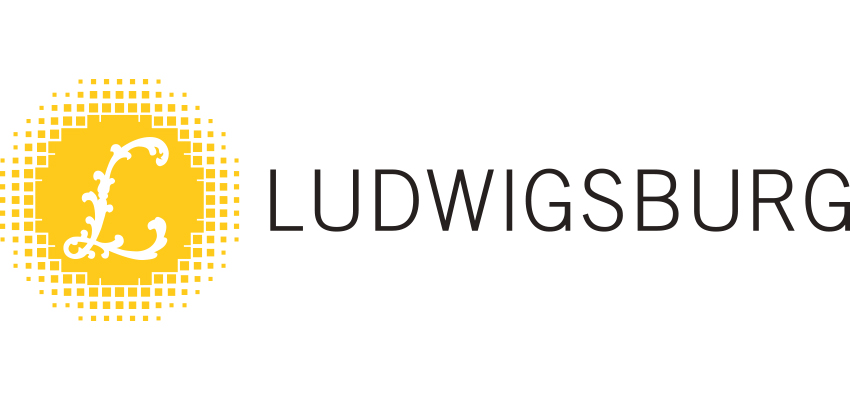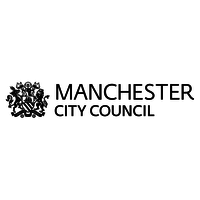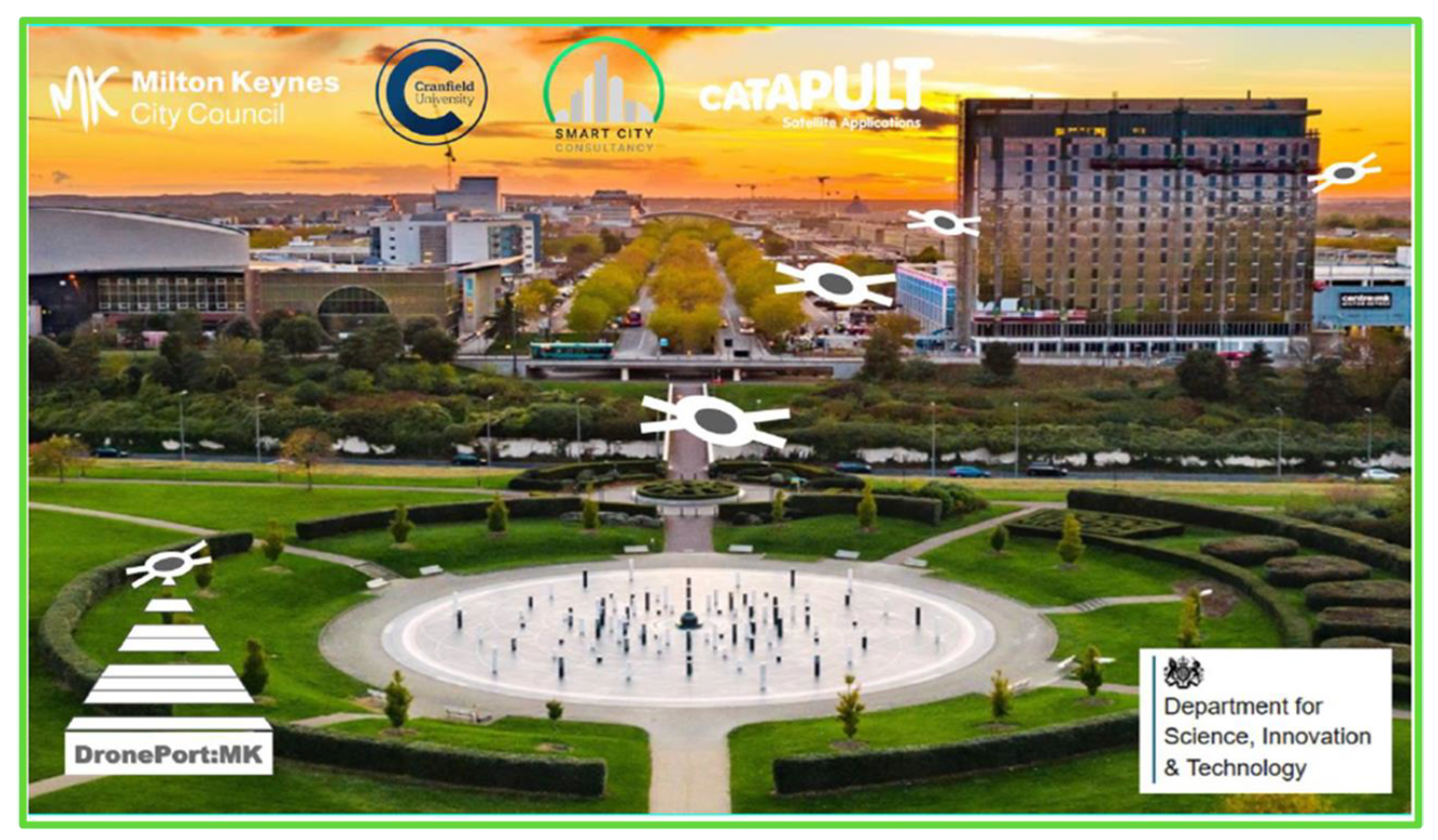Privacy Notice
Welcome on BABLE
We put great importance to data protection and therefore use the data you provide to us with upmost care. You can handle the data you provide to us in your personal dashboard. You will find our complete regulations on data protection and clarification of your rights in our privacy notice. By using the website and its offers and navigating further, you accept the regulations of our privacy notice and terms and conditions.















